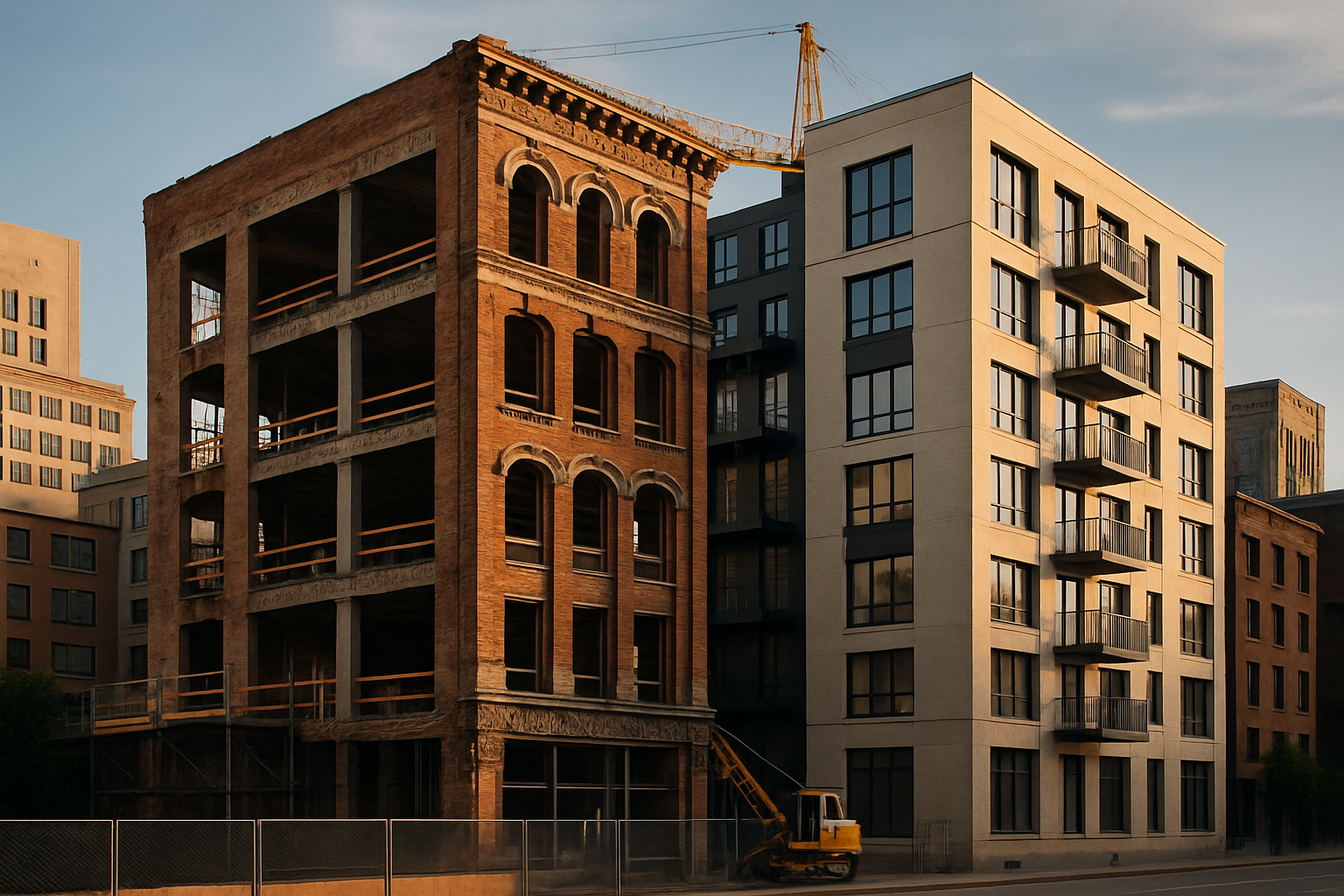Revitalizing Rust Belt Real Estate: A New Dawn for Forgotten Cities
Introduction: In the heart of America's industrial past, a quiet renaissance is taking shape. Rust Belt cities, long synonymous with economic decline, are experiencing a surprising resurgence in their real estate markets. This shift is attracting investors, revitalizing communities, and challenging long-held perceptions about these forgotten urban centers. As we delve into this trend, we'll explore the factors driving this change and what it means for the future of real estate in these reinvented landscapes.

Economic Drivers Behind the Resurgence
Several factors are fueling the Rust Belt’s real estate comeback. First, the cost of living and doing business in these areas remains significantly lower than in coastal cities. This affordability is attracting both young professionals and companies looking to expand. Additionally, many Rust Belt cities have invested heavily in tech and innovation sectors, creating new job opportunities and drawing a skilled workforce. These economic shifts are directly impacting the demand for both residential and commercial real estate.
The Role of Historic Preservation in Urban Renewal
One of the unique aspects of Rust Belt real estate is the abundance of historic architecture. Savvy developers are capitalizing on this, converting old warehouses and factories into trendy lofts, offices, and retail spaces. This approach not only preserves the character of these cities but also appeals to a growing segment of consumers who value authenticity and heritage. The fusion of historic charm with modern amenities is creating distinctive living and working environments that can’t be replicated in newer cities.
Challenges and Opportunities for Investors
While the potential in Rust Belt real estate is significant, it’s not without challenges. Many properties require substantial renovation, and some areas still struggle with infrastructure issues. However, these challenges also present opportunities for investors willing to take calculated risks. Government incentives, such as tax credits for historic preservation and urban renewal projects, can offset some of the costs. Moreover, the relatively low entry point for property acquisition allows for greater potential returns as these areas continue to develop.
The Impact on Local Communities
The revitalization of Rust Belt real estate extends beyond property values. It’s having a profound impact on local communities. As new businesses and residents move in, there’s an increase in local tax revenues, which can be reinvested in public services and infrastructure. This creates a positive cycle of growth and improvement. However, it’s crucial to balance this development with measures to prevent displacement of long-time residents, ensuring that the benefits of revitalization are shared equitably.
Looking Ahead: Sustainability and Smart Growth
As Rust Belt cities continue to evolve, there’s a growing focus on sustainable development and smart growth strategies. Many of these cities are incorporating green spaces, public transit improvements, and energy-efficient building practices into their redevelopment plans. This forward-thinking approach not only enhances quality of life but also positions these cities as models for urban renewal in the 21st century.
A New Chapter for Rust Belt Real Estate
The resurgence of Rust Belt real estate marks a new chapter in American urban development. It demonstrates the resilience of these cities and the potential for reinvention in the face of economic challenges. For investors, developers, and residents alike, the Rust Belt offers a unique opportunity to be part of a transformative movement in real estate. As these cities continue to evolve, they’re not just reclaiming their past glory—they’re forging a new identity that combines industrial heritage with modern innovation, creating vibrant, livable communities for the future.





